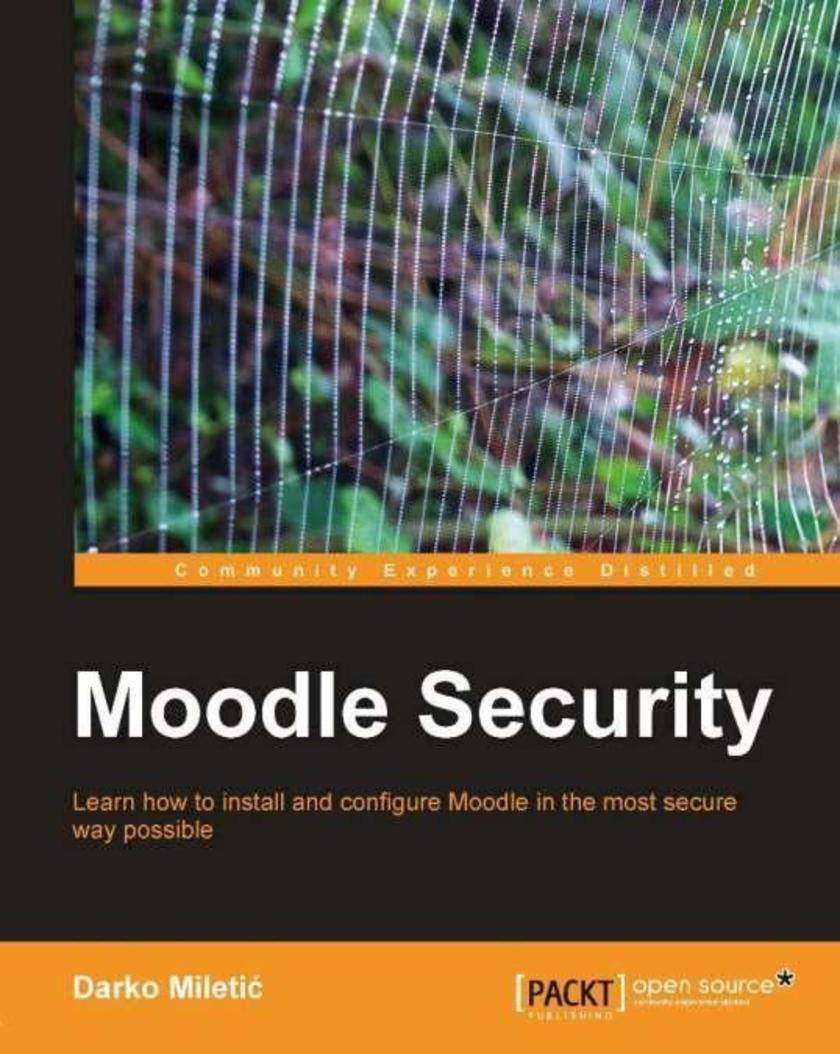
Moodle Security
¥80.65
Moodle Security is packed with practical examples, which guide you through optimizing the protection of your Moodle site. Each chapter covers a different security threat and how to secure your site against it. You will also find recommendations for what is best for your particular system and usage. If you are in charge of Moodle – whether you are an administrator or lead teacher – then securing it is one of the most important things that you can do. You need to know the basics of working with Moodle, but no previous experience of system administration is required.
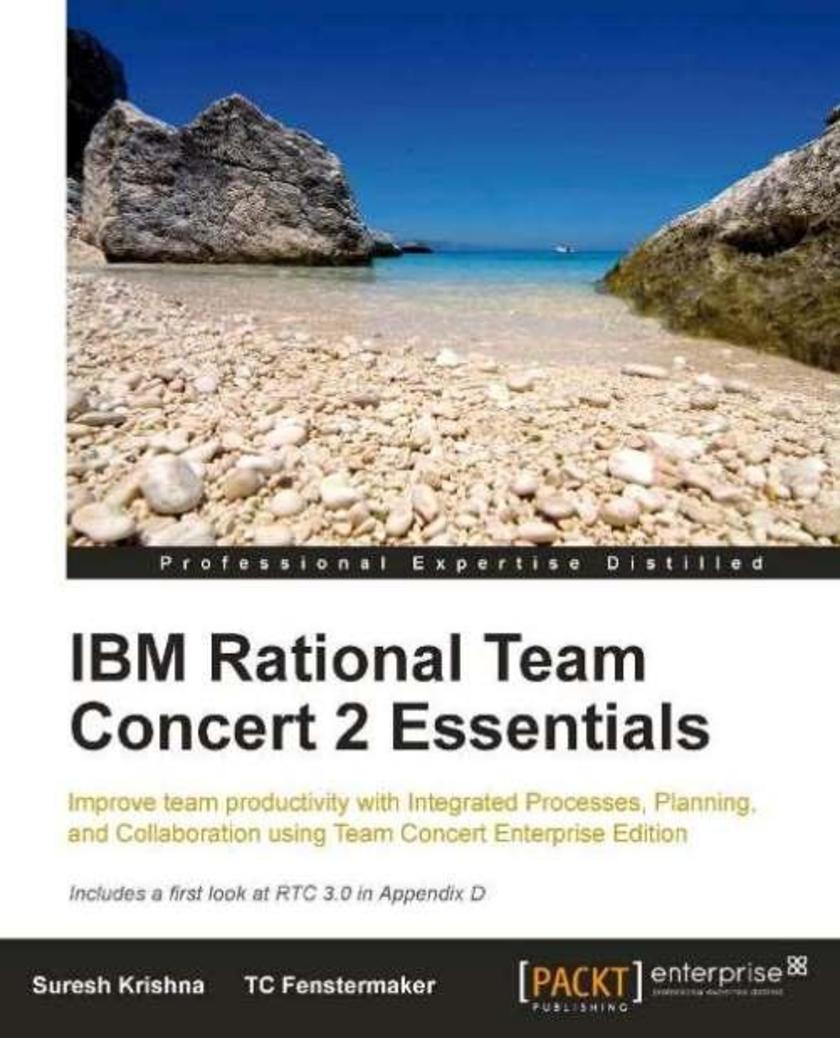
IBM Rational Team Concert 2 Essentials
¥99.18
With their straightforward style, Suresh Krishna and TC Fenstermaker have put their years of experience and motivation into this practical guide that assists in finding an integrated approach to increased team productivity. The numerous tips, notes, and suggestions strengthen your grasp of fundamentals and the foundation upon which you are ready to build your customized Rational Team Concert application. Ample screenshots make sure that you get the configurations correct the first time. A real-world Book Manager Application walks you through all the core features of the Rational Team Concert during different phases of development and release. If you are a Project Manager or a Team Member, who would like to find an integrated approach to deal with modern software development challenges, you should read this book. Or if you are someone who likes to stay one step ahead in team management, you have got the right choice here.

IBM Lotus Quickr 8.5 for Domino Administration
¥80.65
This is a step-by-step manual, with explanation from installation and upgrading, to the development and management of Quickr, to what-to-do-next when you finally have everything set up. It discusses problems that you might face while upgrading to the latest version. The authors show you how to get the most out of the most important features including installing, configuring, maintaining, and troubleshooting a clustered environment with Lotus Quickr. This is a step-by-step manual for System Administrators and Business Analysts who need to facilitate the effective and efficient performance of diverse teams in an interconnected world. It can also be read by Management to gain a high-level understanding of the new features and capabilities offered by the product. You don't require any knowledge of IBM Lotus Quickr 8.5. This book will teach you everything you need to know.
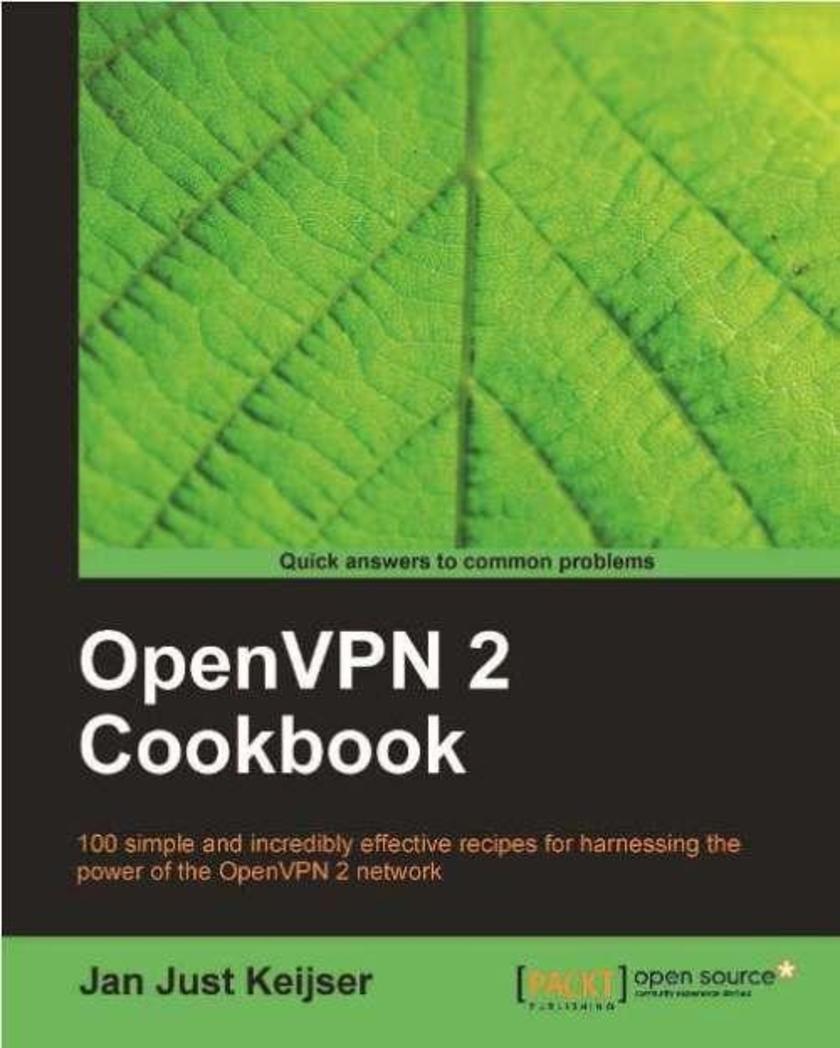
OpenVPN 2 Cookbook
¥90.46
This is a cookbook, with practical recipes providing tips and tricks to the most common problems and scenarios faced with OpenVPN. This book is ideal for system administrators and networking professionals who are interested in building secure VPNs using OpenVPN. It is preferable that the reader has a basic knowledge of OpenVPN, as well as general network administration skills.
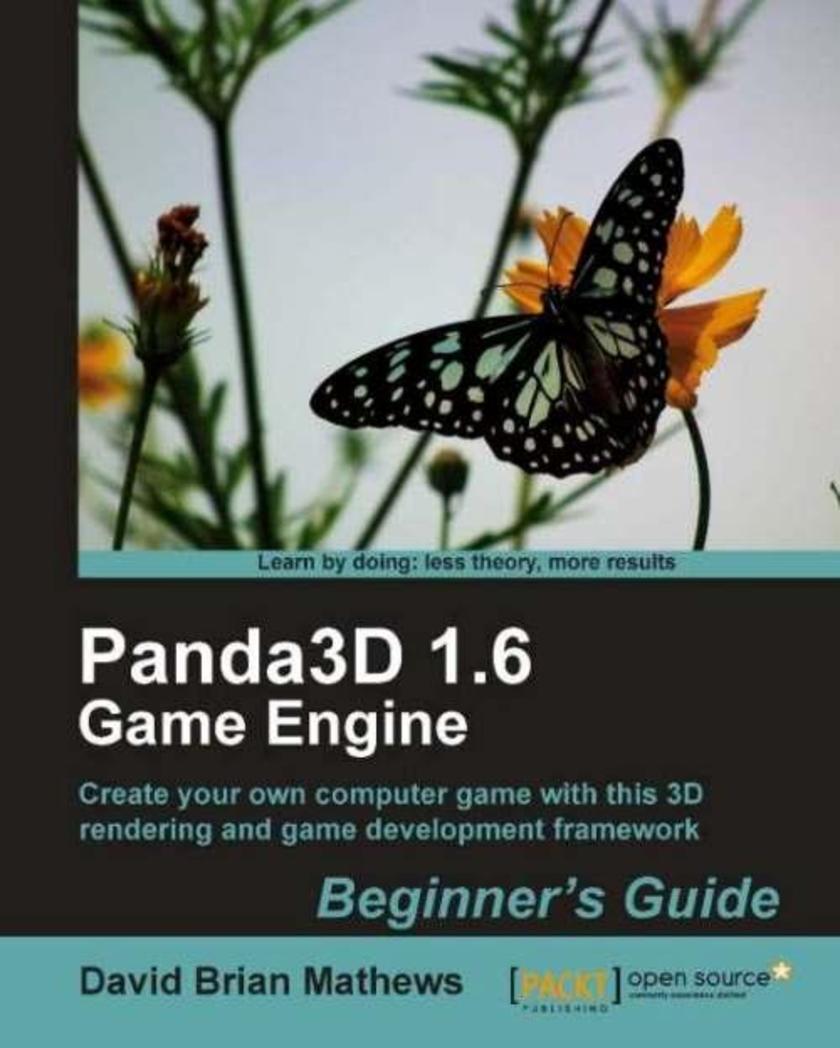
Panda3D 1.6 Game Engine Beginner's Guide
¥80.65
This book is a step-by-step, tutorial-driven guide to game or application development using Panda3D that follows the process used in professional development. You will learn through first-hand experience how a Panda3D developer goes from literally nothing to a finished product. Along the way there are illustrations to explain difficult topics and to display the results of progress, as well as a complete archive of thoroughly explained code for every tutorial. Every single code file the reader saves is mirrored in the example code, finished and explained. In addition, every art and audio asset required by the tutorials is provided, so the user need not provide any assets of their own. If you are an independent developer interested in creating your own video games or other 3D applications using Panda3D for personal or commercial distribution at minimal expense, this book is definitely for you. A basic understanding of general programming, such as familiarity with the concept of a variable, is necessary. Some familiarity with object-oriented programming and the Python language is expected, but not essential. This book does not cover the creation of three dimensional models or similar art assets, nor does it cover the creation of two dimensional art assets or audio assets.

Oracle GoldenGate 11g Implementer's guide
¥99.18
More than just a step-by-step guide, this book offers examples, tips, and tricks that are all discussed in detail, providing the reader with the knowledge and confidence to implement them. Supporting diagrams, illustrations, and screenshots promote understanding and enhance the overall reading experience. The author's onsite experience in implementing Oracle GoldenGate in the financial sector is thoroughly reflected in this book. This book is for Solution Architects and Database Architects who wish to learn about the functionality and efforts required in implementing a data replication, migration or integration solution using GoldenGate. It is also designed for System Administrators and Database Administrators who want to implement, or those who have already implemented, Goldengate and who want to explore its advanced features. An intermediate understanding of Oracle database technology is assumed.

IBM WebSphere Application Server v7.0 Security
¥99.18
With this book you will explore WebSphere Application Server security concepts, which you can expand upon while working on mini-projects. With the author's style of writing you will gain the knowledge and confidence needed to implement WebSphere Application Servers securely. Right from the basics of securing your WebSphere Application Server to advanced security features, the author utilizes exercises, screenshots, and clear instructions. If you are a system administrator or an IT professional who wants to learn about the security side of the IBM WebSphere Application Server v7.0, this book will walk you through the key aspects of security and show you how to implement them. You do not need any previous experience in WebSphere Application Server, but some understanding of Java EE technologies will be helpful. In addition, Java EE application developers and architects who want to understand how the security of a WebSphere environment affects Java EE enterprise applications will find this book useful.
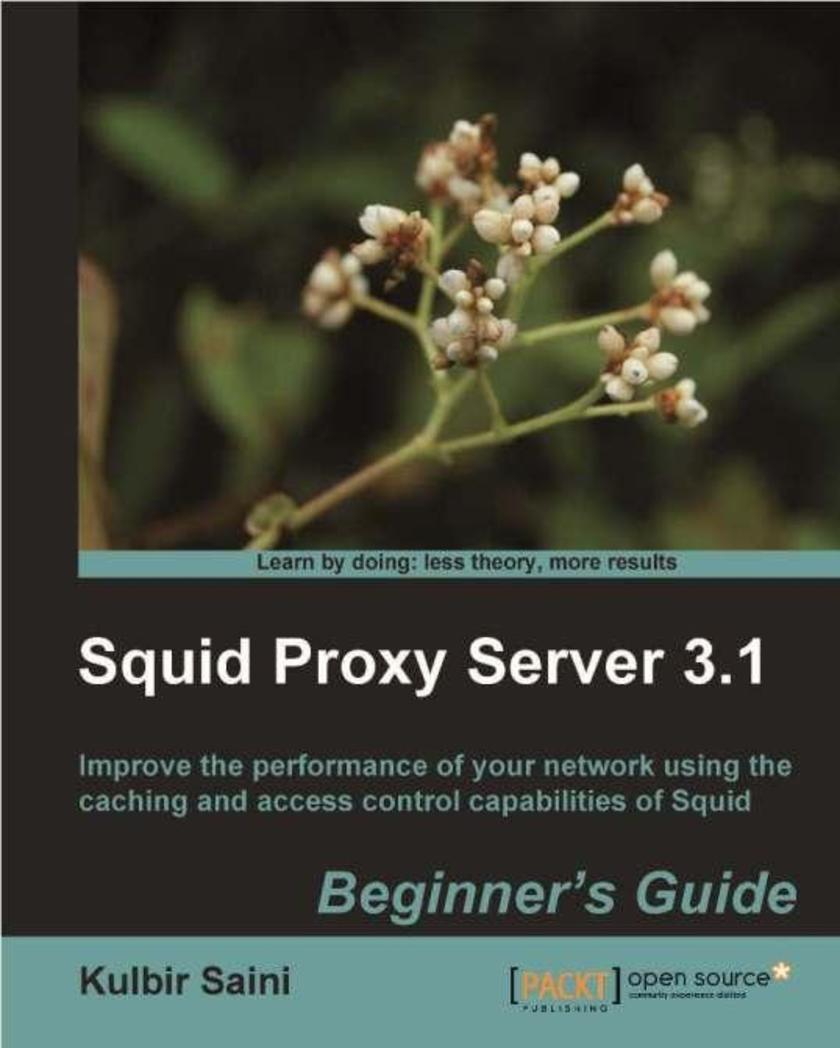
Squid Proxy Server 3.1: Beginner's Guide
¥80.65
Part of Packt's Beginner's Guide Series, this book has lots of screenshots and step-by-step instructions to help you get to grips with the techniques as quickly as possible. Each chapter is dedicated to a different aspect of the Squid proxy server, so you will have a thorough understanding of how everything works and how it is connected by the end of the book. If you are a Linux or Unix system administrator and you want to enhance the performance of your network or you are a web developer and want to enhance the performance of your website, this book is for you. You are expected to have some basic knowledge of networking concepts, but may not have used caching systems or proxy servers before now.

CakePHP 1.3 Application Development Cookbook
¥71.93
Written in cookbook style, this book offers learning and techniques through recipes. It contains step-by-step instructions for CakePHP developers to create unique web applications. The book is designed in such a way that you can refer to things chapter by chapter, and read them in no particular order.If you are a CakePHP developer who wants to discover quick and easy ways to improve web applications, and to leverage all aspects of the framework, this book is for you. This book assumes that you already have knowledge of CakePHP, and general PHP development skills.
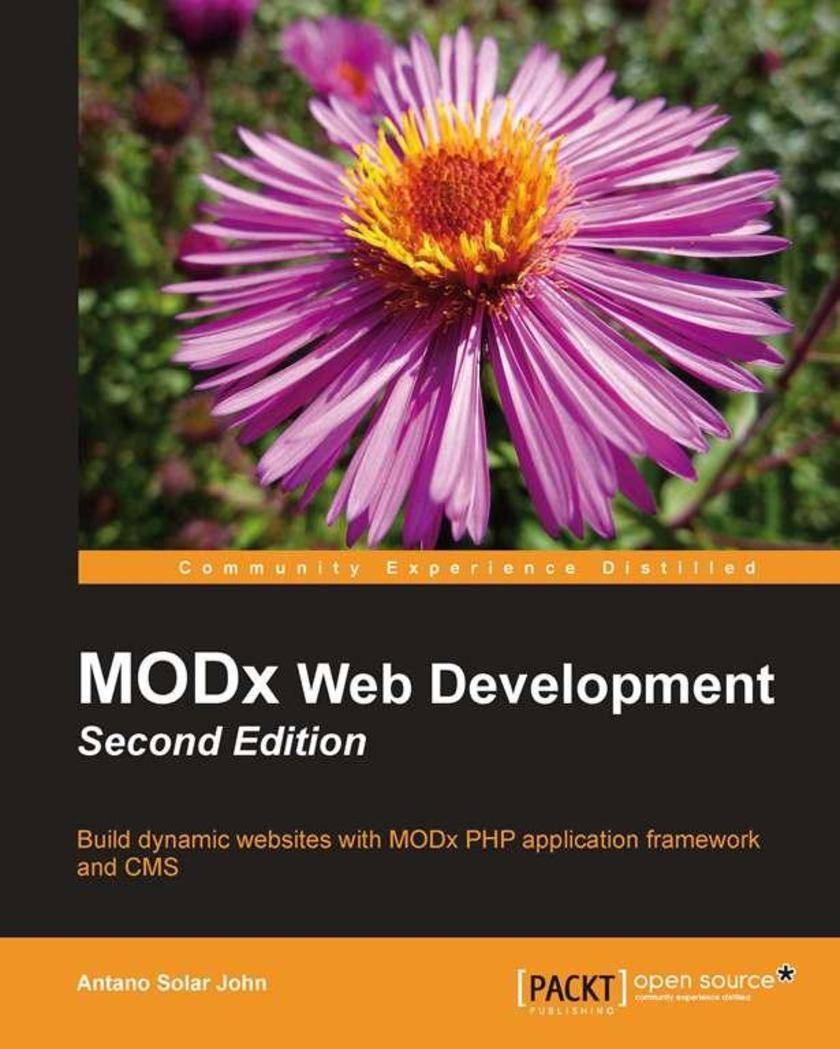
MODx Web Development - Second Edition
¥71.93
This book is an example-driven tutorial, which will take you from the installation of MODx through to configuration, customization, and deployment. Step-by-step instructions will enable you to build a fully-functional, feature-rich website quickly and without the knowledge of any programming language. This book is ideal for newcomers to MODx. Both beginners and experienced web developers will benefit from this comprehensive guide to MODx. No knowledge of PHP programming or any templating language is needed, but the more advanced chapters towards the end of the book will allow more confident developers to extend their applications even further by creating their own snippets.
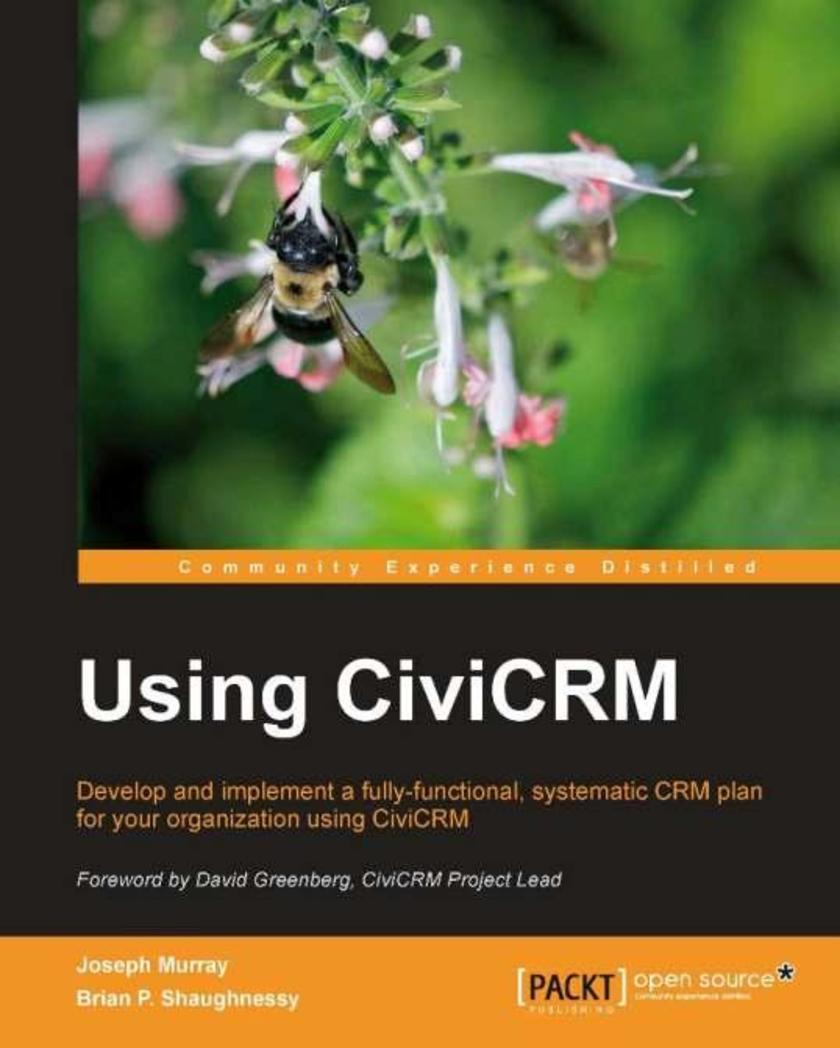
Using CiviCRM
¥107.90
This book is a step-by-step tutorial with practical examples, introduced by a planning framework and illustrations of good relationship management techniques for a variety of situations. We begin with basics such as installation, low-level implementation, and CiviCRM's core modules before covering CiviCRM's advanced features and issues such as customization of CiviCRM and integrating it with Joomla! and Drupal. You should be able to quickly grasp and implement the basic elements of CiviCRM before moving on to the more advanced features and tools. This book is for project implementers, organization leaders, staff, and volunteers in advocacy, non-profit, and non-governmental organizations, elected officials, professional/trade associations, political campaigns and parties, government agencies, and other similar organizations who want to implement CiviCRM in a manner tailored to their organization's size, culture, and needs. It addresses CRM strategists, implementers, administrators, and end users looking to become power users in communicating, fundraising, managing events, memberships, grants, cases, and people-resource management.
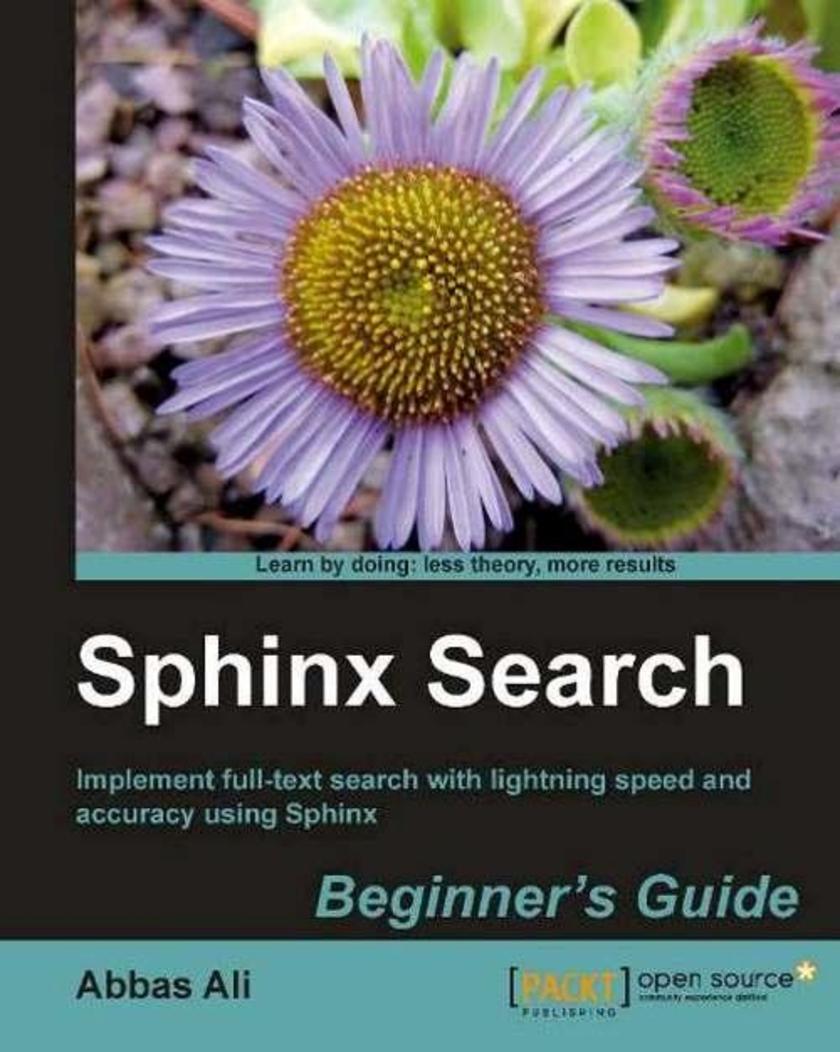
Sphinx Search Beginner's Guide
¥71.93
This book is a step-by-step guide for an absolute beginner. It covers everything, from installing to configuring, to get you started quickly. It has numerous code examples that the reader can try on their own and learn while doing so. It has two full-fledged applications as examples that readers can follow. This book is specifically focused on the Search feature of web applications. This book is for developers who are new to Sphinx Search. All code examples use PHP but the logic is same for any other web *ing languages as well.
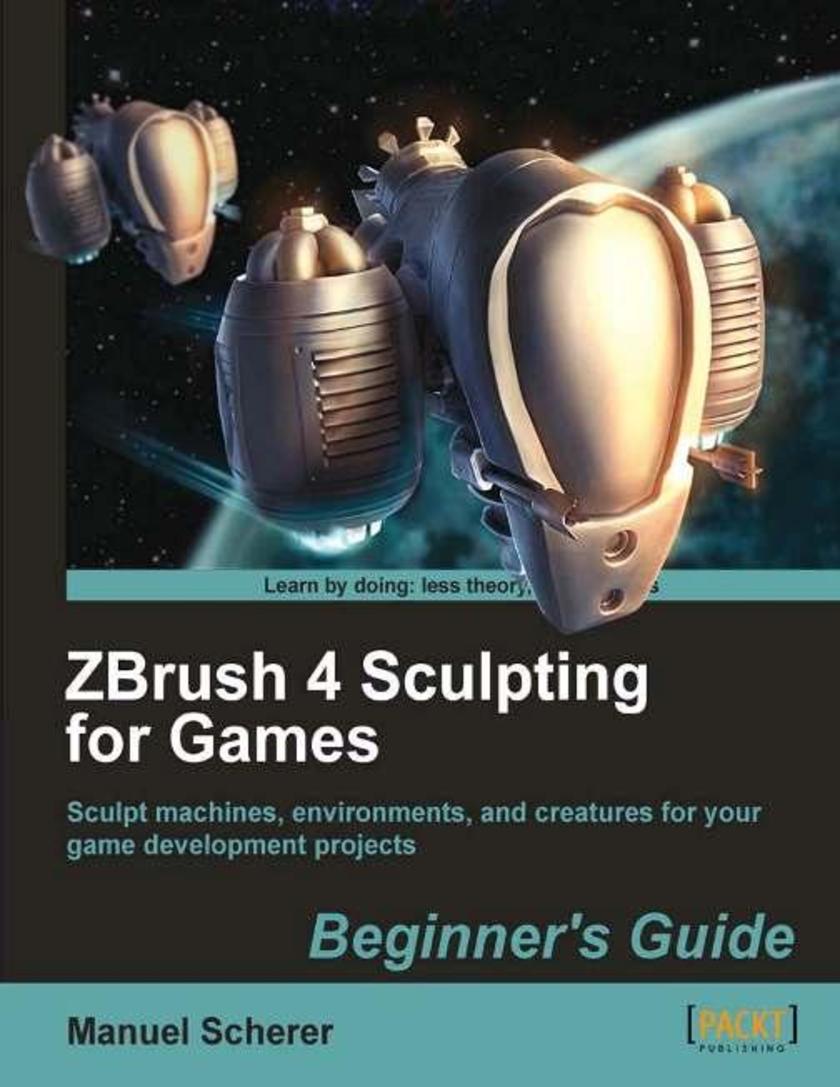
ZBrush 4 Sculpting for Games
¥80.65
This guidebook is built around four complex example projects with clear step-by-step instructions followed by useful explanation, advice, and handy reference material. It is richly illustrated with a friendly, informal writing style. If you want to get started fast using ZBrush for games then this is the book for you. This book is for all digital artists or game developers who want to create their own 3D sculptures in ZBrush. No experience with ZBrush is required – it's suitable for complete beginners and intermediate users.

jQuery 1.4 Animation Techniques
¥71.93
All the concepts in the book are explained in a simple, easy to understand, step-by-step manner. There are plenty of examples and images used in this book, with the images properly explained. Written with a friendly and engaging approach, this Packt Beginner's guide is designed to be placed alongside the computer as your guide and mentor to create attractive web page animations using jQuery.This book is written for web designers and front-end developers who already have good knowledge of HTML and CSS, and some experience with jQuery. If you want to learn how to animate the user interface of your web applications with jQuery, then this book is for you.
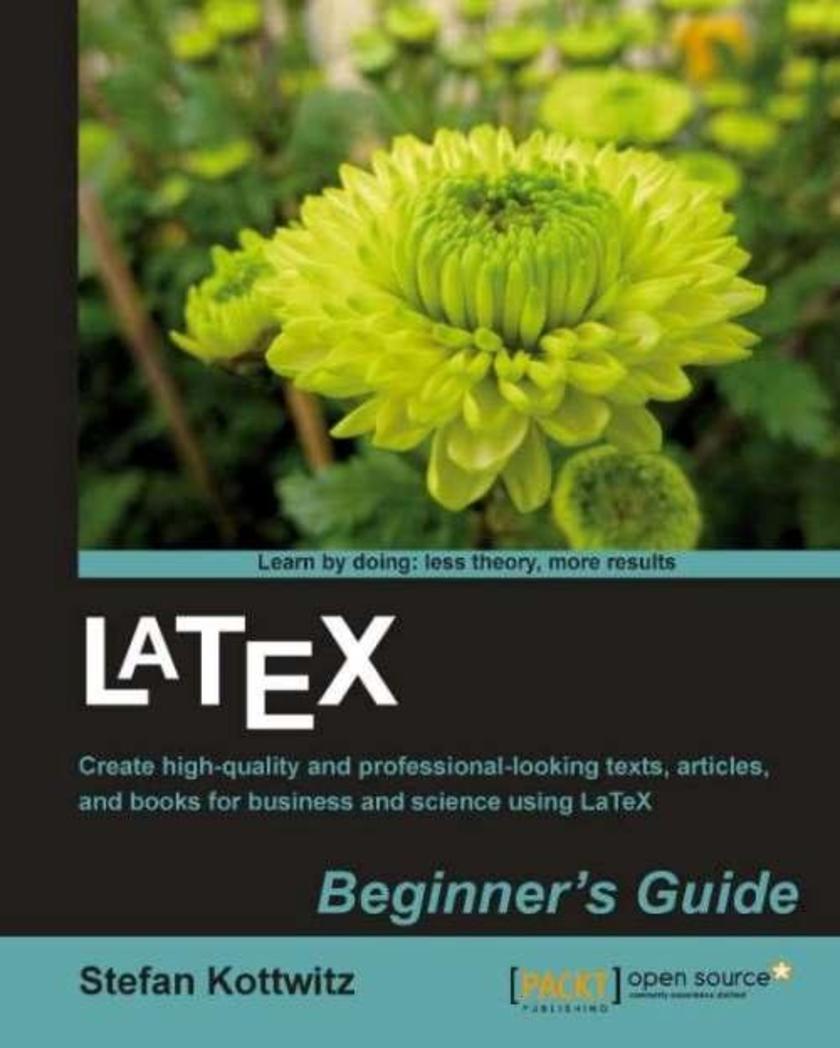
LaTeX beginners Guide
¥80.65
Packed with fully explained examples, LaTeX Beginner's Guide is a hands-on introduction quickly leading a novice user to professional-quality results. If you are about to write mathematical or scientific papers, seminar handouts, or even plan to write a thesis, then this book offers you a fast-paced and practical introduction. Particularly during studying in school and university you will benefit much, as a mathematician or physicist as well as an engineer or a humanist. Everybody with high expectations who plans to write a paper or a book will be delighted by this stable software.
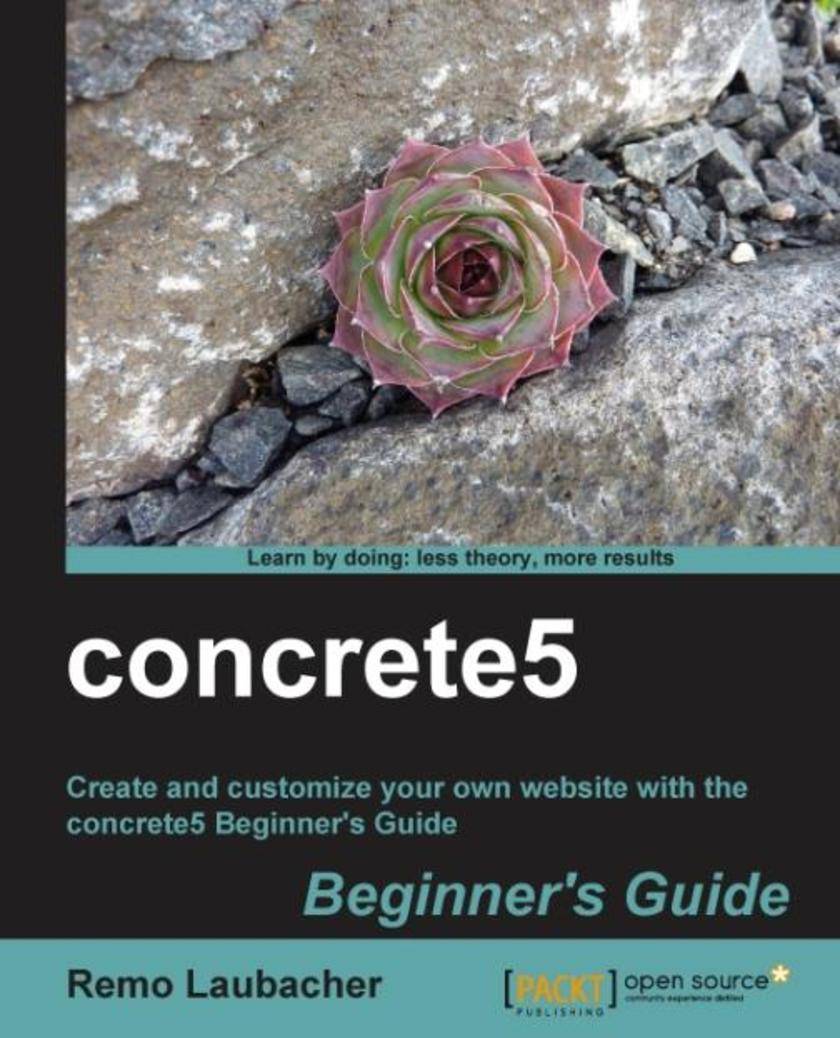
concrete5 Beginners Guide
¥80.65
Create and customize your own website with the Concrete5 Beginner's Guide
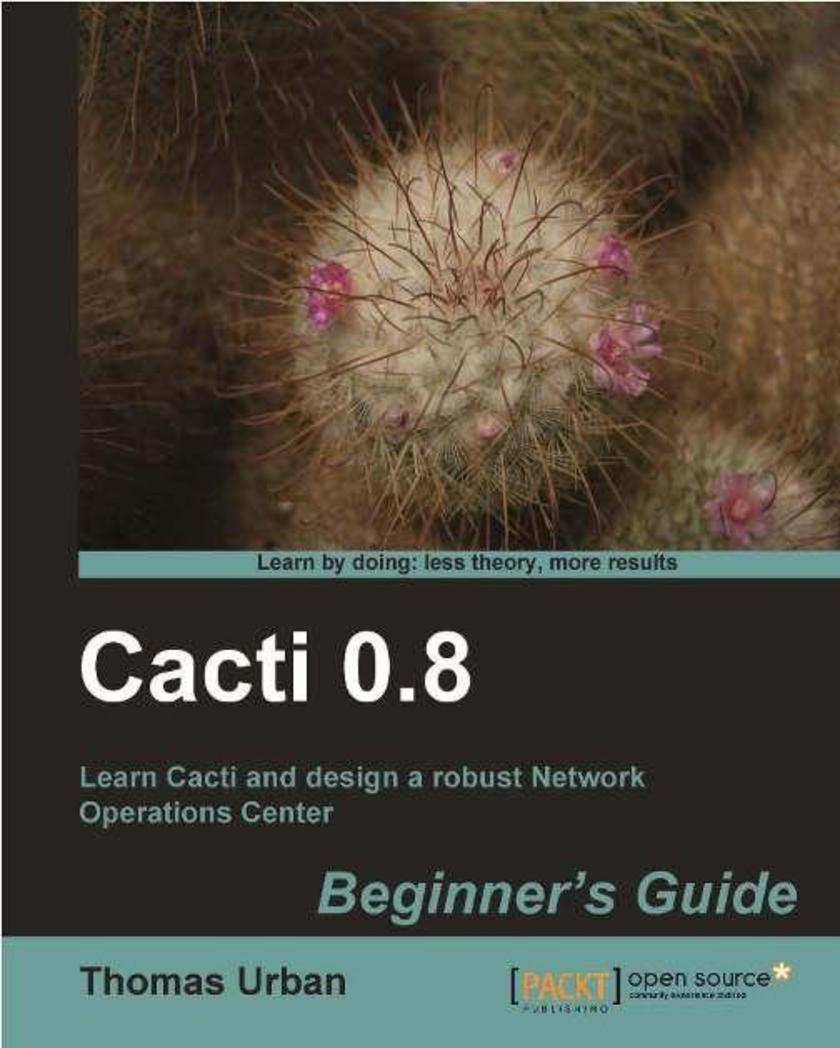
Cacti 0.8 bEginners Guide
¥80.65
Written for beginners to Cacti, this book contains step-by-step instructions and hands-on tutorials for network operators to learn how to implement and use the core Cacti functions. The book is designed in such a way that you can explore it chapter-by-chapter or skip any chapter without missing a beat. If you are a network operator and want to use Cacti for implementing performance measurement for trending, troubleshooting, and reporting purposes, then this book is for you. You only need to know the basics of network management and SNMP.
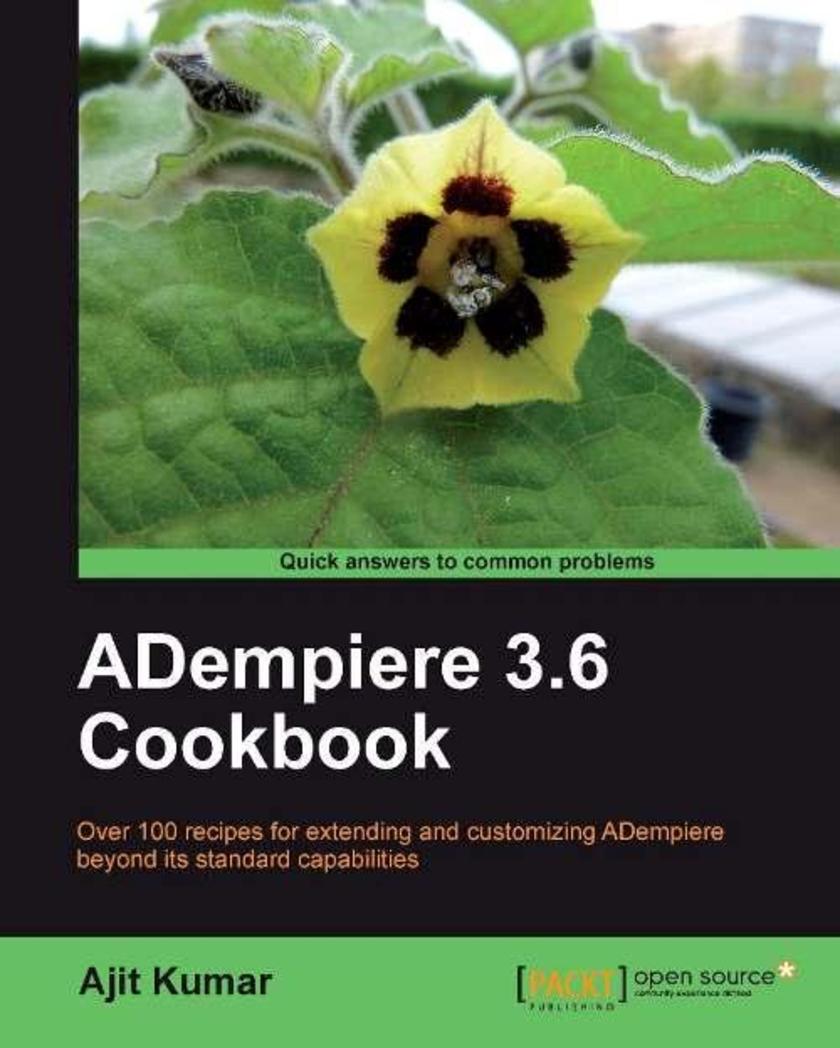
ADempiere 3.6 Cookbook
¥107.90
Written in a cookbook style, this book offers solutions using a recipe-based approach. Each recipe contains step-by-step instructions followed by an analysis of what was done in each task and other useful information. The cookbook approach means you can dive into whatever recipes you want in no particular order.If you want to easily implement ADempiere in your organization, this book is for you. This book will also be beneficial to system users and administrators who wish to implement an ERP system. Only basic knowledge of ADempiere is required. This cookbook will build on that basic knowledge equipping you with the intermediate and advanced skills required to fully maximize ADempiere. A basic knowledge of accounting and the standard business workflow would be beneficial.

Joomla! 1.6 First Look
¥71.93
This book looks at the main functional areas of Joomla! that have significant new features. All features are explained with the help of illustrative screenshots and step-by-step instructions on how to use them.This book is for existing Joomla! users, developers, and designers who want to know about everything that's new in Joomla! 1.6.
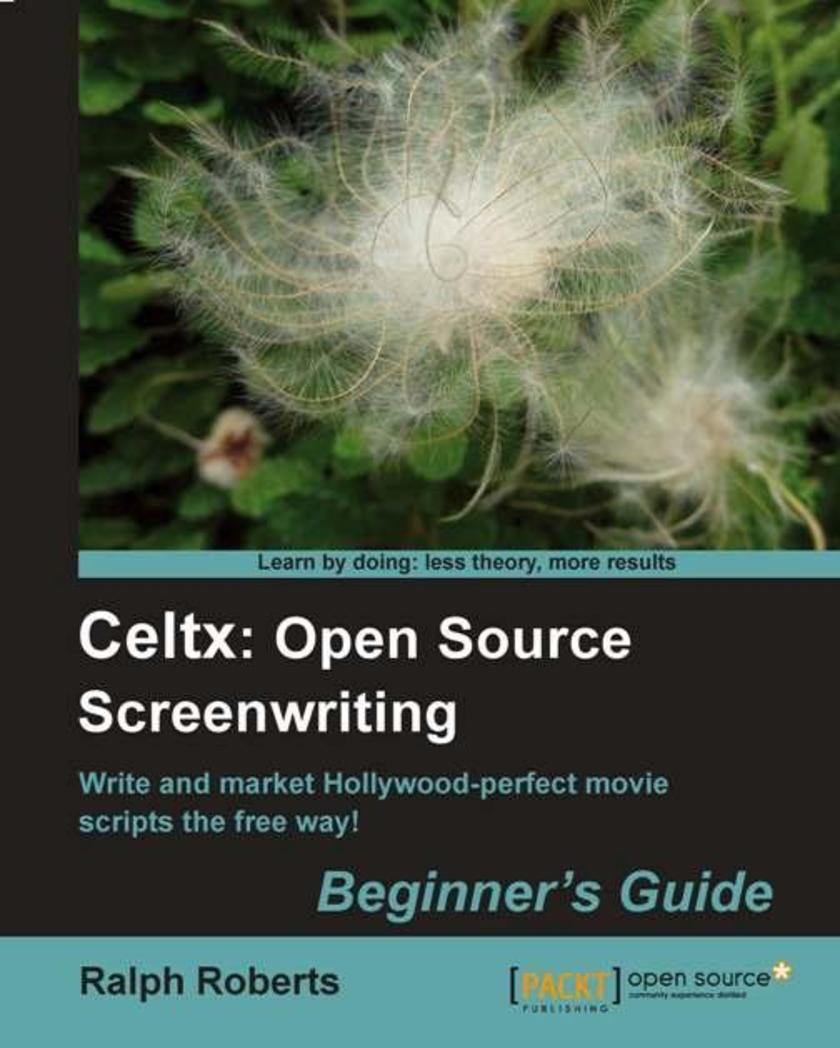
Celtx: Open Source Screenwriting Beginner's Guide
¥80.65
This is a beginner's guide – a hand-holding fun ride with step-by-step instructions and illustrative screenshots.If you want to write a professional * or screenplay using the open source tool Celtx, this book is for you. You need not have any previous knowledge of Celtx or any other writing software.

OpenLayers 2.10 Beginner's Guide
¥80.65
This is a beginner's guide with the essential screenshots and clearly explained code, which also serves as a reference. This book is for anyone who has any interest in using maps on their website, from hobbyists to professional web developers. OpenLayers provides a powerful, but easy-to-use, pure JavaScript and HTML (no third-party plug-ins involved) toolkit to quickly make cross-browser web maps. A basic understanding of JavaScript will be helpful, but there is no prior knowledge required to use this book. If you've never worked with maps before, this book will introduce you to some common mapping topics and gently guide you through the OpenLayers library. If you're an experienced application developer, this book will also serve as a reference to the core components of OpenLayers.




 购物车
购物车 个人中心
个人中心



